**”The Role of PRP Therapy in Sports Recovery: How Platelet-Rich Plasma Enhances Healing and Reduces Downtime for Athletes”**
The Role of PRP Therapy in Sports Recovery: How Platelet-Rich Plasma Enhances Healing and Reduces Downtime for Athletes
Athletes constantly push their bodies to the limit. They often face injuries, soreness, and fatigue. Therefore, they must find effective recovery methods. One promising option is Platelet-Rich Plasma (PRP) therapy. This innovative treatment uses the body’s healing properties to speed recovery. PRP therapy enhances healing and reduces downtime for athletes.
What is PRP Therapy?
PRP therapy begins with a healthcare professional drawing a small amount of blood from the athlete. They then process the blood to extract platelets. These platelets contain growth factors that promote healing. Medical practitioners inject the concentrated PRP back into the injured area. This method accelerates the body’s natural healing processes.
How PRP Therapy Enhances Healing
Promotes Tissue Regeneration
PRP therapy promotes tissue regeneration effectively. The growth factors in PRP stimulate the repair of damaged tissues. For example, athletes with ligament or tendon injuries often recover faster. Studies show that PRP injections can improve recovery time by up to 50%.
Reduces Inflammation
Inflammation often hinders recovery. PRP therapy helps reduce inflammation in injured tissues. Growth factors released during the PRP process modulate inflammatory responses. Consequently, athletes experience less pain and swelling. This reduction allows athletes to return to training sooner.
Increases Blood Supply
Effective healing requires a good blood supply. PRP therapy increases blood flow to the affected area. Enhanced blood circulation delivers more nutrients and oxygen to tissues. Therefore, athletes benefit from accelerated healing and improved overall function.
Nutrition Tips for Enhanced Recovery
Proper nutrition plays a vital role in recovery. Athletes should focus on specific nutrients to support their healing process.
Consume Protein-Rich Foods
Protein is essential for muscle repair and recovery. Athletes should consume lean meats, fish, eggs, and legumes. Incorporating protein shakes can help athletes meet their daily intake. Consuming protein within 30 minutes after exercise promotes muscle synthesis.
Hydrate Adequately
Hydration is crucial for optimal recovery. Dehydration can impair muscle function and slow recovery. Therefore, athletes should drink plenty of water throughout the day. Electrolyte-rich drinks can help replenish lost minerals during intense training sessions.
Include Antioxidant-Rich Foods
Antioxidants help combat oxidative stress in the body. Fruits and vegetables high in antioxidants support recovery. For example, berries, spinach, and nuts are excellent choices. Consuming these foods can enhance overall health and recovery.
Exercise Advice for Optimal Healing
While PRP therapy aids recovery, athletes must also engage in appropriate exercise. Tailored workouts can help prevent further injury while promoting healing.
Focus on Low-Impact Activities
After PRP treatment, athletes should prioritize low-impact exercises. Swimming, cycling, and using an elliptical machine can maintain fitness levels. These activities reduce stress on injured tissues while promoting blood flow.
Gradually Increase Intensity
Once the injury begins to heal, athletes can gradually increase workout intensity. They should listen to their bodies and adjust accordingly. Incorporating strength training can help rebuild muscle strength. Athletes can prevent future injuries this way.
Work with a Professional
Engaging a physical therapist or trainer can enhance recovery. Professionals create tailored exercise plans based on individual needs. They ensure that athletes perform exercises safely and effectively. Moreover, working with a professional helps athletes stay accountable during recovery.
Health Benefits of PRP Therapy
PRP therapy offers various health benefits for athletes.
Shortens Recovery Time
One significant benefit of PRP therapy is its ability to shorten recovery time. Athletes can return to their sport sooner. This leads to fewer missed competitions and training sessions.
Enhances Performance
Faster recovery allows athletes to train harder and more frequently. As a result, athletes can enhance their overall performance. They can focus on skill development and conditioning without the hindrance of prolonged injuries.
Reduces Dependence on Medications
PRP therapy often reduces the need for pain medications. Instead of relying on anti-inflammatories or opioids, athletes can use their bodies’ natural healing processes. Therefore, they experience fewer side effects associated with medications.
Conclusion
PRP therapy plays a vital role in sports recovery. This innovative treatment enhances healing, reduces downtime, and promotes overall performance. Nutritional support and tailored exercise plans further complement the benefits of PRP therapy. Athletes can experience shorter recovery times, increased performance, and a reduced need for medications. Ultimately, PRP therapy empowers athletes to recover effectively and return to their sport stronger than ever.
Below are related products to the topic if you’re interested:
FAQ
What is the process of PRP therapy for athletes?
PRP therapy begins with a healthcare professional drawing a small amount of blood from the athlete. This blood is then processed to extract platelets, which contain growth factors that promote healing. The concentrated PRP is injected back into the injured area, accelerating the body’s natural healing processes.
How does PRP therapy help in reducing recovery time for athletes?
PRP therapy enhances healing by promoting tissue regeneration, reducing inflammation, and increasing blood supply to the affected area. Studies indicate that PRP injections can improve recovery time by up to 50%, allowing athletes to return to their training and competitions sooner.
What additional steps can athletes take to support their recovery alongside PRP therapy?
Athletes can support their recovery by focusing on proper nutrition, such as consuming protein-rich foods, staying adequately hydrated, and including antioxidant-rich foods in their diet. Additionally, engaging in appropriate exercise, particularly low-impact activities, and working with a professional for tailored exercise plans can further enhance recovery outcomes.


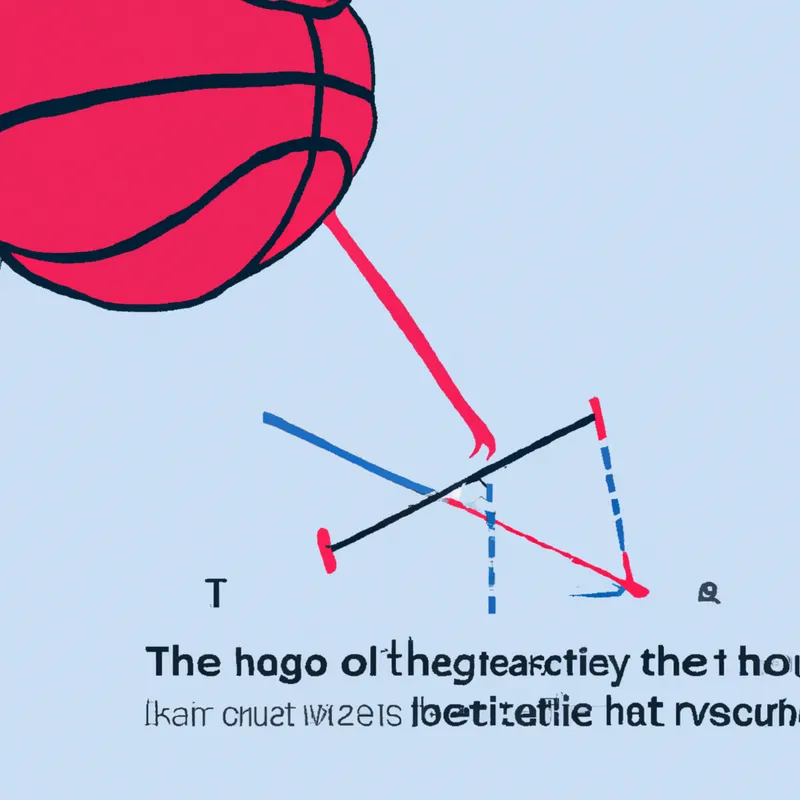

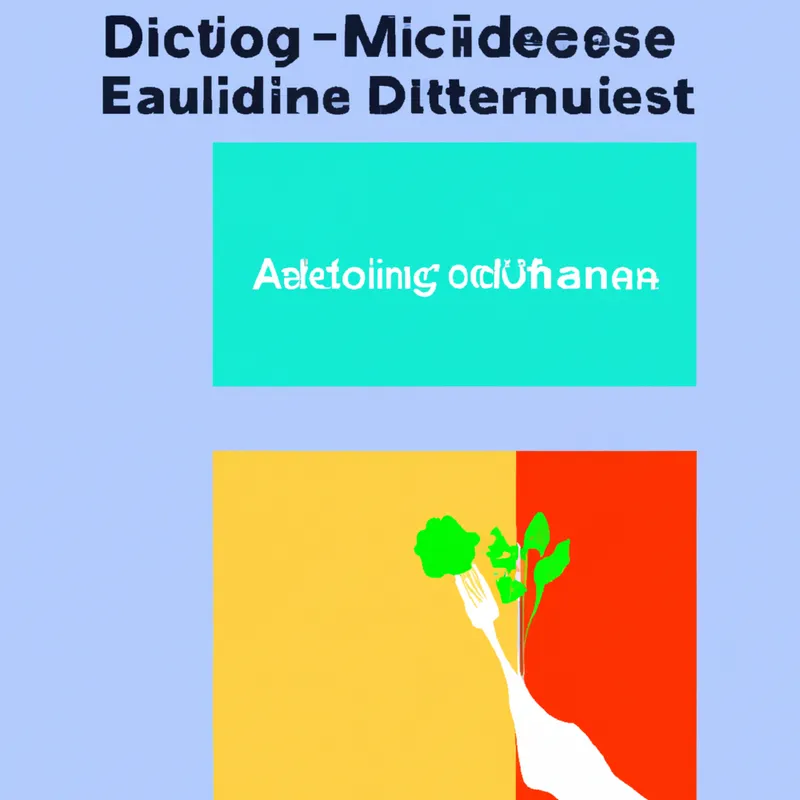

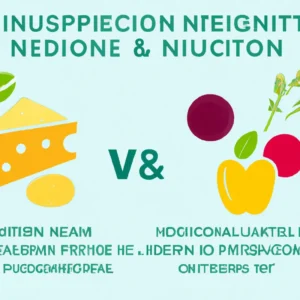

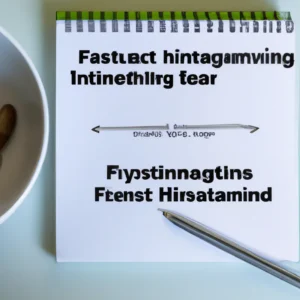

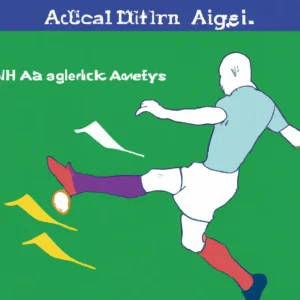


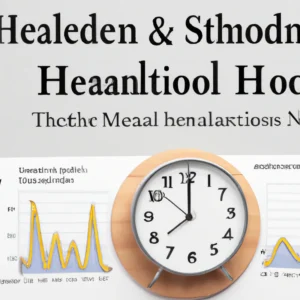
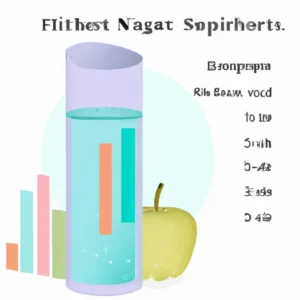
Post Comment